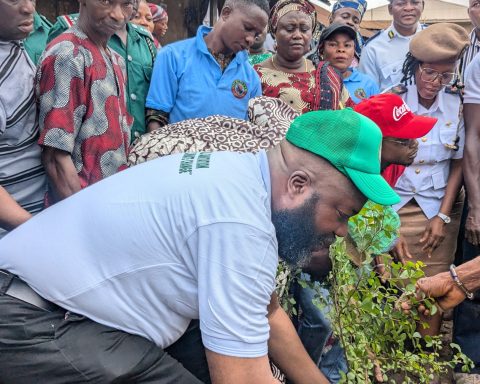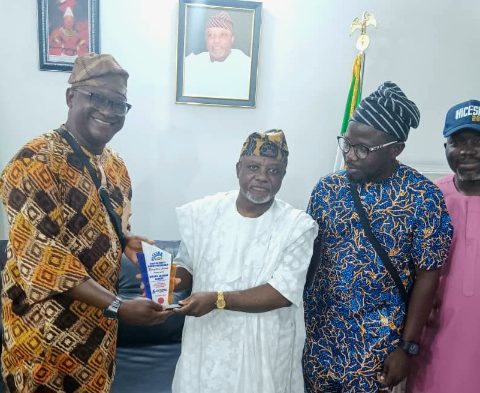
Mud Huts, is Tourism Icon, Otunba Wanle Akinboboye’s 19th Tourism product of the week. On this, he spoke at length, noting that, the product should form an intrinsic part of the structures that are found in African tourism facilities and destinations.
He drew attention to the building capabilities of termites. “These tiny creatures use red earth and their saliva to construct magical structures, which although exposed to the weather and other potential enemies, stand strong and tall.
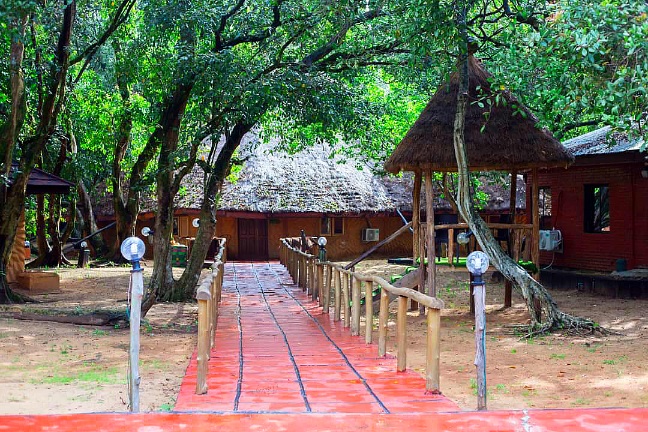
“As a matter of fact the destruction of a termite hill by man requires considerable effort, something that is surprising when one considers the size of its builders.”
Otunba Akinboboye then mentioned that, when he was growing up in a midsize Nigerian city, the majority of buildings were constructed with mud bricks.
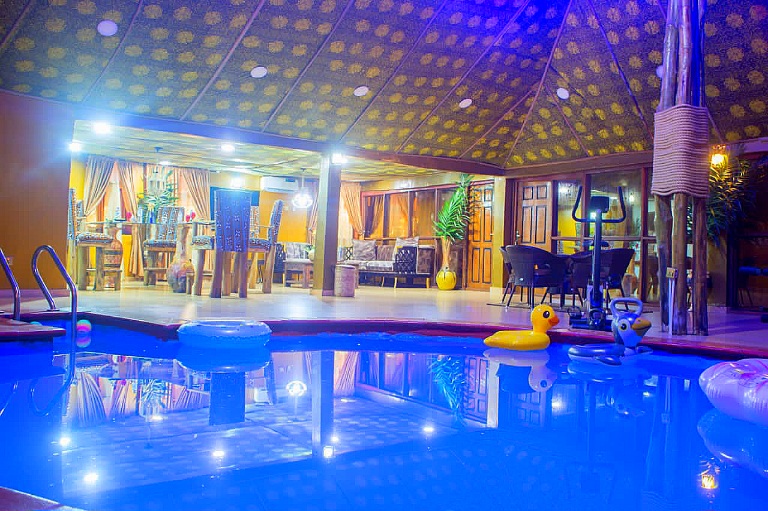
These buildings were solid and the compacted soil that made up their walls would defy penetration by a bullet. They were economical to build and their interiors were cool. This was due to the mud used for their construction, whose cooling effect was also seen in the clay pots used to keep water cool and mimic the functions of the modern day refridgerator.
Otunba Akinboboye then noted that, in today’s Nigeria, more than 70% of the population live in mud huts. He also noted that the appearance of these huts reflect the different geographical zones in which they are located. They are therefore an indicator of the life and beliefs of the people who reside in them.
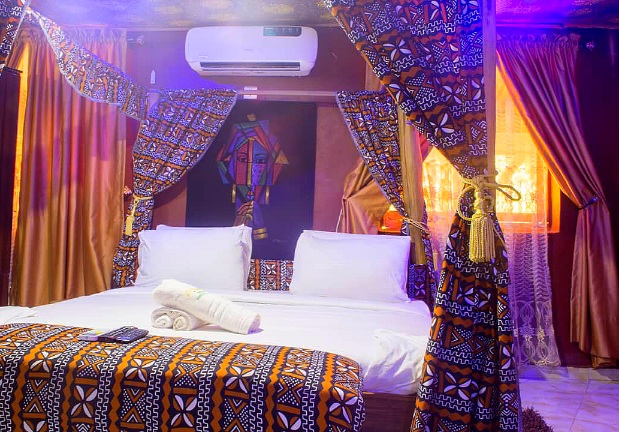
Otunba Akinboboye , when speaking of the cultural identifier provided by houses, spoke of the buildings constructed of paper in Japan. He noted that these paper houses took account of the fact that Japan was prone to earthquakes and if they collapsed, due to movements in the earth’s crust, minimal damage would be caused.
Similarly, the distinctive pagoda style buildings used in China point to their pre – communist religious beliefs and provide protection from the heavy rain storms to which the region is proned.
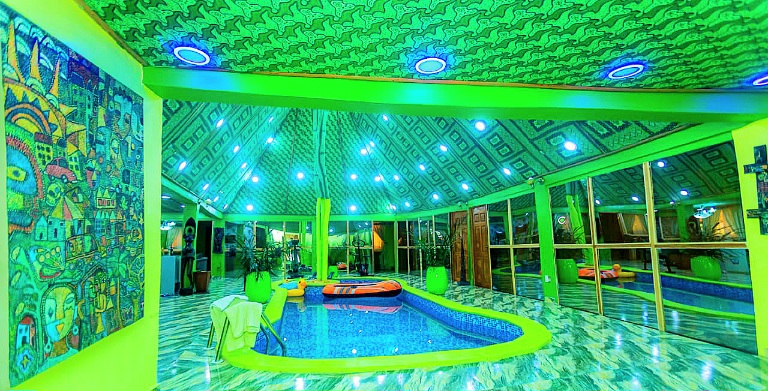
The distinctive house features in these two countries delight tourists, as they differ from western housing and provide cultural identifiers of the people who construct them.
It should however be noted that, when incorporating such house types in their tourism attractions, steps have been taken to make these buildings cosmopolitan, so that, while they still depict their individual historical cultures, they are of a standard, which tourists have now come to expect and demand.
Otunba Akinboboye noted that Africa has abundant quantities of rich red earth. Our forefathers therefore had no need for cement as all their building needs, were potentially and economically met by their ability to construct houses, using mud bricks, covered by thatched roofs.
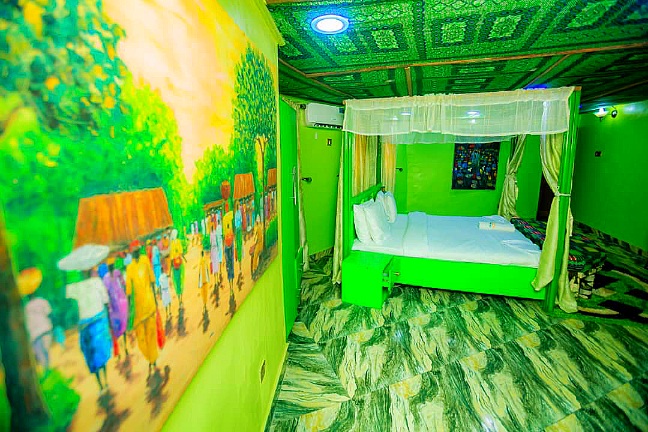
However, it is sad, perhaps because, Africans who currently live in mud huts are at the lower end of the revenue scale, no attempt has been made to make mud huts more cosmopolitan, so they can stand at par with the concrete houses that are a feature of Africa’s upscale urban areas.
Otunba Akinboboye then mentioned that, the only way our tourism industry can succeed, is by projecting those things that are unique to us, it is essential that mud huts are included as part of the accommodation offered to tourists at African tourism destinations.
Tourists want to stay in accommodation that differs drastically from where they normally stay. That is what adds to their adventure and gives them things to talk about on their return to their normal lives.
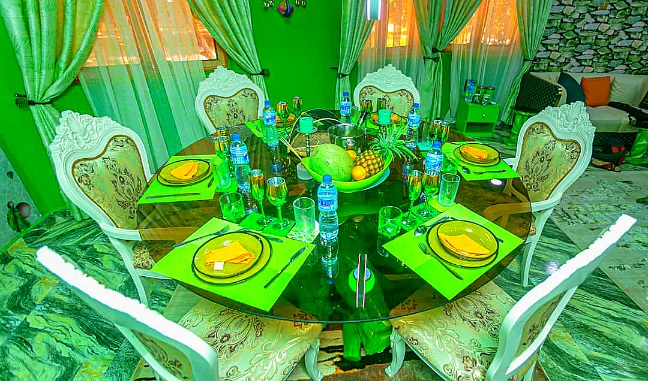
It was with this in mind and in acknowledging the fact that his brand, LA Campagne Tropicana Beach Resort, is weaved around African culture and beliefs, that he included mud huts as part of the residential accommodation at the Resort. However, these are not your typical mud huts as they have been made cosmopolitan and provided with all the comforts, a seasoned traveller requires. Not only are they air conditioned with access to satellite TV, but they are also decorated using the best of African art and decor. In a final (and frankly unexpected step) a number of these mud huts also include swimming pools – definitely a world first.
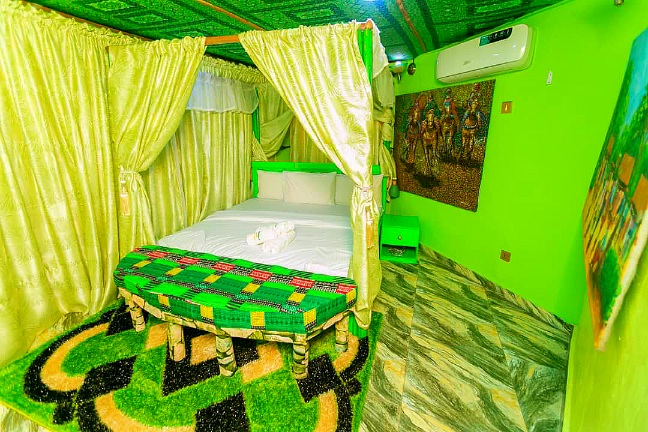
Otunba Akinboboye emphasizes that, in developing a tourism industry, you must take advantage of your advantages. That is why he recommends that, in creating tourism destination in Africa, and Nigeria in particular, we must take account of the tourism experience that will attract tourists and in particular, international tourists, to this part of the world.
We must also ensure that in creating the experience at where appropriate, we make what we offer cosmopolitan while retaining its unique African cultural features.












